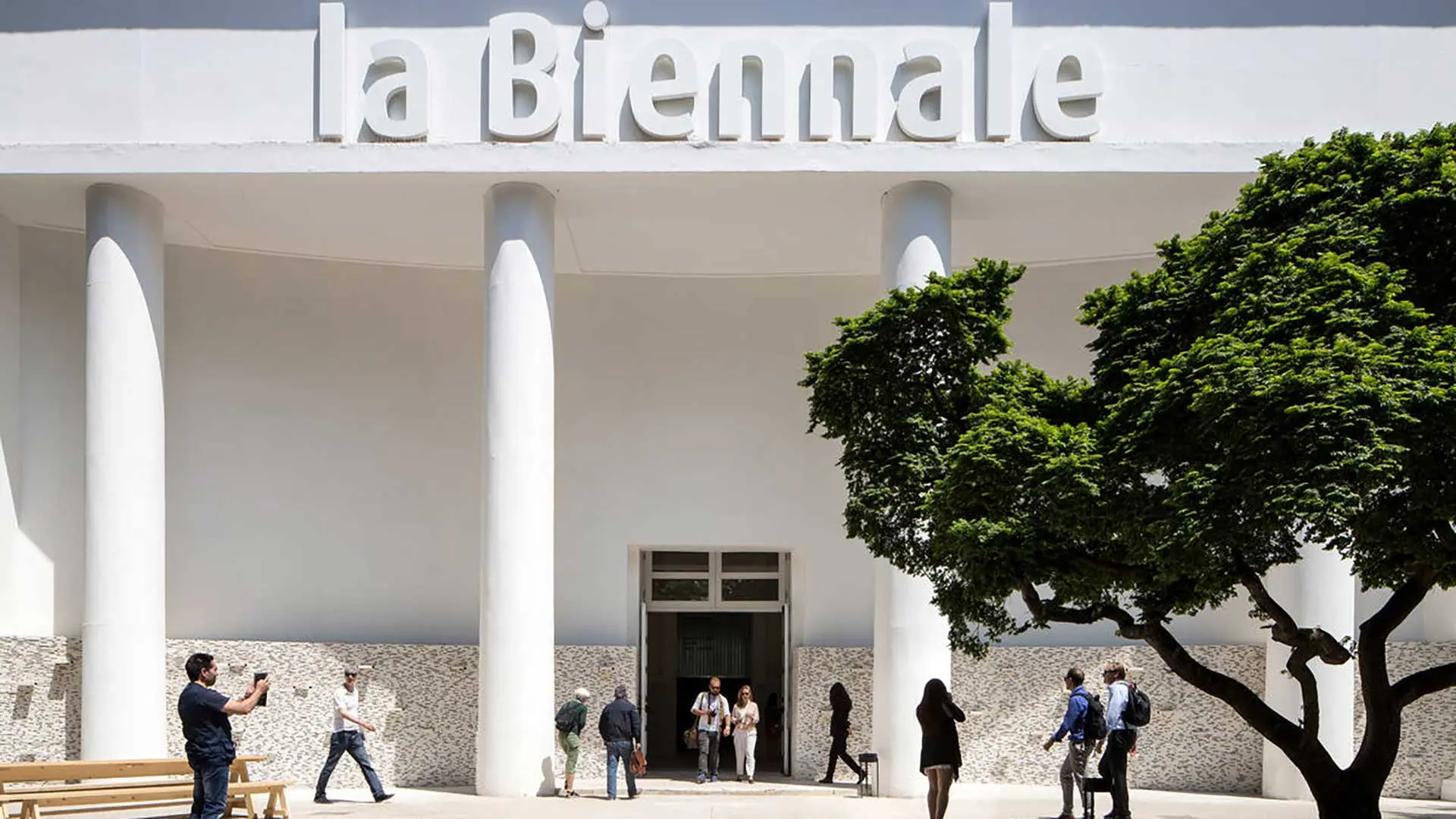Curved, enveloping lines, mute and earthen shades inspired by nature, geometries that never penalize comfort, even when they become more daring, imaginative variations on interlacing cords or fibers: these are the salient features of the outdoor offerings presented at the fair by companies in the sector. Here we tell you all about them
Paolo Sorrentino’s La dolce attesa at the Salone del Mobile.Milano 2025

La dolce attesa, Paolo Sorrentino - Ph. Saverio Lombardi Vallauri
Interview with the journalist Antonio Monda. On 12 April he will be talking to the Oscar-winning director, who in this year’s edition is presenting an installation that explores the theme of waiting
“La dolce attesa” an installation devised by Paolo Sorrentino, is one of the most anticipated events at the Salone del Mobile 2025.
Supported by the scenographer Margherita Palli and the soundscape of Max Casacci, the Oscar-winning director pays tribute to a universal feeling: waiting. The costumes, which are also by Margherita Palli, were created by the tailoring workshop of the Piccolo Teatro di Milano. The actors and actresses of the "Luca Ronconi" course at the Scuola del Piccolo Teatro di Milano also participate in the installation.
We talked about this and much else with the journalist Antonio Monda, curator of David Lynch’s “Thinking Rooms” in the last edition and the protagonist, together with the Neapolitan filmmaker, of a Talk on Saturday 12 April hosted at 11 a.m. in Pavilion 14 as part of the cultural cultural program Drafting Futures. Conversations about Next Perspectives curated by Annalisa Rosso, Editorial Director & Cultural Events Advisor at the Salone.
Certainly a lot of sadness. Also a pinch of pride, however, because it was the last project ever made by David Lynch. As you remember, he was unable to take part because he was ill, this was the real reason. He didn’t want it to be talked about but he had a serious reason. It was his last project, he was completely in love with it. He was happy not only to have created the twin rooms of the Thinking Room - he wanted to call it Thinking Rooms, not Meditation Rooms - but he was also very happy with the response they had in Milan.
Sorrentino and I have known each other since 2001, and this is a friendship, not just a professional partnership. We have worked together in many different ways. He was my guest at the film festival, when he comes to New York we meet up, when I come to Rome we meet up... When this year we thought of entrusting an important filmmaker with a room, an installation, I thought of him because he not only loves painting and has the hobby of painting, but he also loves creating movie sets. And then, because there are other Italian directors such as Guadagnino, who do it almost as a second profession, not as a hobby. While no one expected it of him and it struck me as something new. Specifically, he had an idea that he then discarded to turn to the concept of waiting, so much so that the title is “La dolce attesa”
Absolutely important. Let’s say that filmmakers, great directors, artistic directors who are not just professionals, attribute to every element and in particular to the production design a more than functional aspect. It’s as if they were characters. In Paolo Sorrentino’s scenes, the settings interact with the characters and have a function that is not just decoration. Think, for example, of The Hand of God and the house that he completely recreated. It’s practically identical to the real one - at Roccaraso in Abruzzo - where his family really lived. Think of Parthenope, where the sex scene between the protagonist and the cardinal takes place. It is nocturnal, gloomy, unhealthy, crazy. There’s not only an evocative setting. It’s part of the gloom and the “great ugliness” of what happens.
There are directors who tend to recreate interiors on the set that are part of their comfort zone, part of a place where they want to feel good, or who create ideal places the way they would like the world to be. I’m thinking of Wes Anderson, his formal perfection, his composition, his palette of shaded or contrasting colors. In auteur cinema, the set design is never a decoration, it is a character, and this is true of Sorrentino, it was true of Lynch, it is true of Wes Anderson, it is certainly true of Almodovar and it is true of many others... and of a person who, if this event is continued, I would like to recommend for next year. I won’t reveal anything, because we don’t know if the collaboration will continue, I’ll just tell you that it’s a woman.
Apart from Wes Anderson... This is not the person I was referring to, but I would say Kathryn Bigelow because she was originally a painter and therefore has a great sense of image, of creativity. Or Almodovar himself. Or Julie Taymor who lived in Indonesia for a period and studied theater for a long time and specifically the local puppet theater.
“The Brutalist” is not a perfect film but it has an ambition, an inner talent out of the ordinary. Among other things, it is a film where the production design – given that it’s about an architect - plays a key role. And then Paul Thomas Anderson. His new film will go to Cannes and I can’t wait to see it. In my opinion he is the greatest director of his generation. While a director to be discovered who has not yet had the success he deserves in Italy is the Romanian Radu Jude.
Paolo Sorrentino’s “La dolce attesa2 room is a place where you wait for a response, you wait for a doctor, so there is tension, fear, palpitation. But at the same time there’s also the desire to relax, everything is built so that it is comfortable. In fact, at the center of the room there’s a heart.
Certainly.



















